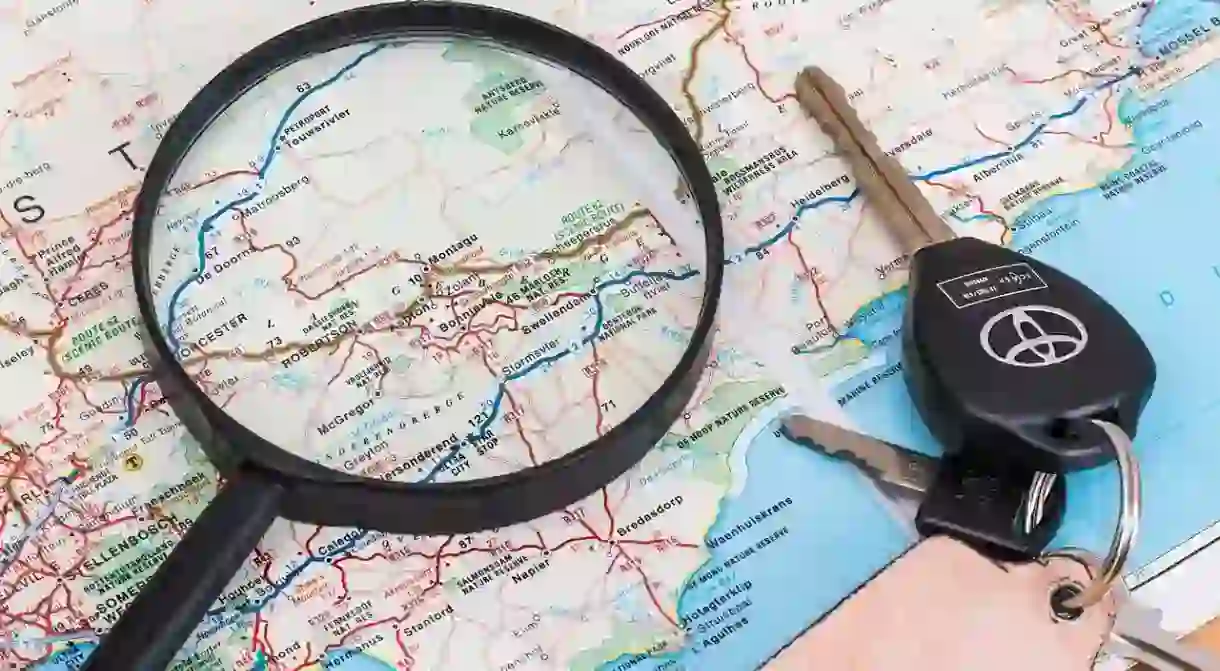A Guide to Driving Safely in Peru

From the bustling capital city of Lima and the expansive deserts, to the jungle and high mountain passes in the Andes, Peru has one of the world’s most unique terrains to travel through. While buses zip through from point A to B, rental cars give travelers the best chance to see every inch of Peru’s beautiful landscape. For those travelers looking for freedom here is our guide to safely driving in Peru.
Why do it?
More and more people who come to Peru elect to travel by car, allowing themselves the freedom to call the shots. With that freedom though, also comes a lot of responsible—and that freedom doesn’t come cheap. While more car rental companies are opening business in Peru, the costs still remain high, sometimes becoming more expensive than traveling by plane. But if you have a large family, the cost will sometimes even out, especially when traveling with a large group through the Sacred Valley in the Cusco region. The car is also nice to have when you don’t have a set date to get back home, allowing you time to visit places the travel buses don’t stop at.

How they drive
The best way to avoid any accidents is to know what you’re getting into first. Peruvian driving is, well, crazy. While there are delineated lanes for driving, no one adheres to them. Instead, you’ll find four cars driving side by side on a two-lane highway. These are the situations that you must prepare for. Peruvian drivers are also very aggressive—let’s say a rule of thumb is that they err on the side of aggression. Knowing this is half the battle because you can know when to pick your battles and what they will do. If you don’t also drive at times aggressively you’ll never get to where you want to go, especially in cities.
The horns
Horns are a ubiquitous sound when driving on a Peruvian city street or highway—it wouldn’t be Peru without hearing someone just randomly honking his or her horn. To drive well in Peru you need to learn how to utilize the liberal use of the horn, but within context. The horn signals everything for a driver from, “I’m passing” to “you can go” or “get the hell out of my way.” It is especially important to honk when turning a blind corner on a mountain road because large trunks and motorcycles also share these narrow passes.

Avoid city driving
This can be summed up in one word, Lima. Lima is home to 1/3 of Peru’s entire population and all those people need to get around, which means that streets are constantly clogged. While there are certain times of intense rush hour, every hour of the day in Lima you’ll find traffic. If you want to spend all your time in a car, then drive in Lima, otherwise take a cab or the express bus. If you do want to rent a car, choose to rent it when leaving Lima. You don’t want to drive the panic-attack inducing streets of Lima.
What you’ll need
You’ll have to pay for the mandatory car insurance, which is important. You won’t want to get caught without it. Outside of that you’ll need your driver license from home and your passport at all times. If you get pulled over you won’t want to be missing either of those, especially when dealing with Peruvian police, who have been known to be corrupt and like take money from travelers.

Don’t just camp anywhere
With a car you’ll feel like you have a certain amount of freedom to explore the country—which you do. But don’t let that freedom persuade you into thinking that you can spend the night anywhere. A lot of places in Peru are still dangerous and foreigners in a rented car on the side of the road make for obvious targets. Stick to hostels and hotels and avoid camping in the open.













